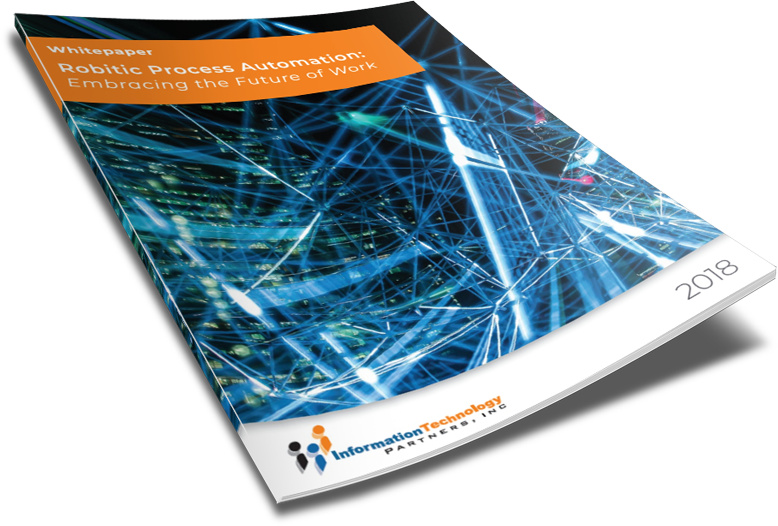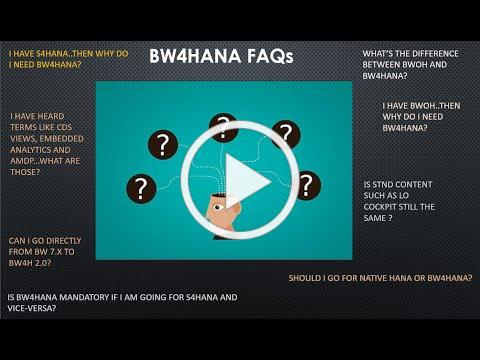TAKE NOTE (Insights and Emerging Technology)
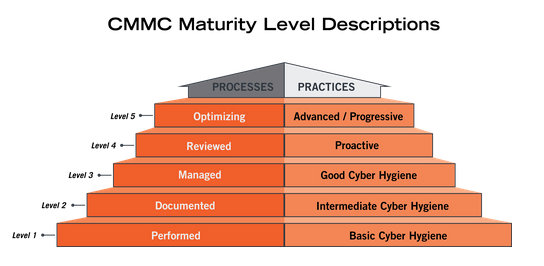
The Department of Defense’s Cybersecurity Maturity Model Certification has undergone an interagency review as part of a rulemaking process needed to make CMMC a part of the Defense Federal Acquisition Regulations, and it will head into an open comment period once an interim rule is published.
The Cybersecurity Maturity Model Certification will soon be an official rule in the Defense Federal Acquisition Regulations (DFARs), meaning that contractors could see CMMC requirements in contracts soon thereafter. But before the rule is finalized, the public will have a period to provide input on one of the largest-ever changes to defense contracting.
The new standard includes five-tiers of network security controls that will need to be checked by third-party assessors. While the model itself is based on the current National Institute of Standards and Technology-developed standards for contractors, some controls differ.
Katie Arrington, the DOD CISO for acquisition and sustainment and lead CMMC official, has said the new rule-making process with an expected end-of-year publishing date is on track. “We are still tracking right along for the DFARs rule change,” Arrington said in August. “That has not deviated.”
Some parts of the defense industry have been vocal about needing waivers or other accommodations. Universities that conduct basic research for the DOD have written letters asking “that the DOD should exclude fundamental research from the CMMC program.”
So far, Arrington has said that the rule will cover all contractors and the need remains to “buy down the risk” and not allow for exceptions.
Interested in learning more about RPA? Download our FREE White Paper on “Embracing the Future of Work”
UNDER DEVELOPMENT (Insights for Developers)
Understanding SAP BW/4HANA
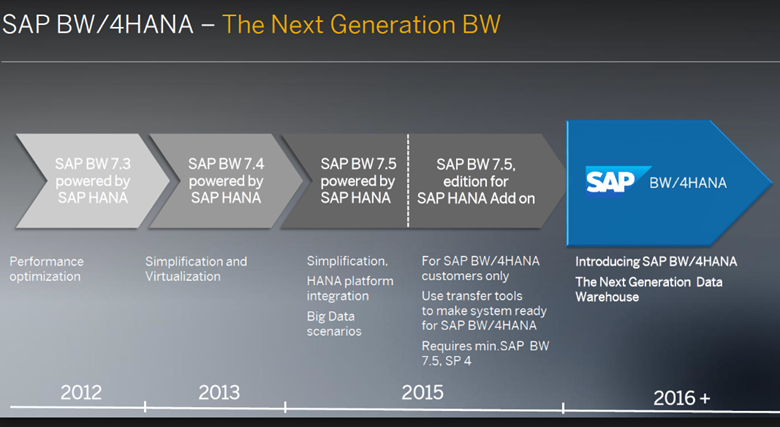
WHAT IS SAP BW4HANA
Last month we discussed the latest release of S/4 HANA, release 1909. This month I would like to take a look at BW4HANA.
SAP BW/4HANA is a new data warehousing application with significant improvements from SAP Business Warehouse (BW) on HANA. Released in 1998, the original BW gave customers the ability to offload data reporting features to improve performance time. There were no SAP updates until 2012 when it first released SAP BW powered by SAP HANA. In 2016, the release of BW/4HANA included some functionalities from the original SAP BW, but also added several new features and newly designed interface.
BW/4HANA intends to provide real-time insight on data, across a diverse IT landscape to allow a single harmonized view on the data (“single point of truth”). It tends to minimize the movement of data across the data warehouse layers and simplifies the connectivity with external data sources. A redesigned version of the classic Layered Scalable Architecture best practices (under the concept of LSA++) offers a new framework to convert the data warehouse into the BW HANA-Optimized version. BW/4HANA also leverages in-memory capabilities of the HANA database, offering with this platform a performant analytics solution, which can handle huge volumes of data (e.g. IoT, Big Data).
SAP BW/4HANA Platform can be deployed On-Premise and in the Cloud and can consume SAP and non-SAP data sources.
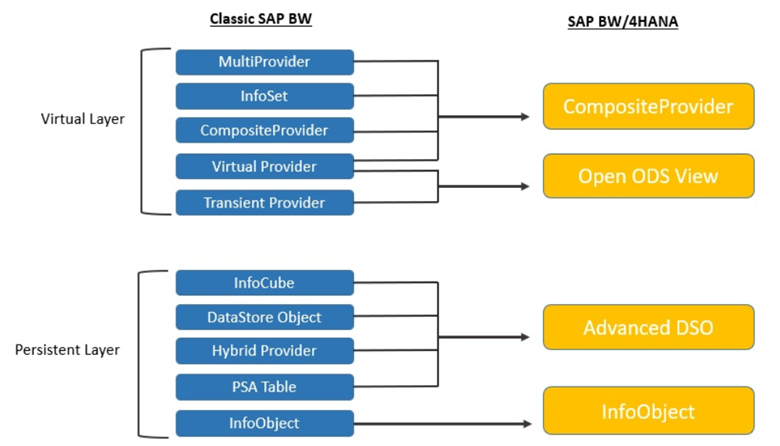
SAP BW/4HANA limits the number of object types for data modeling. The Simplified Object Model eliminated InfoCubes and other legacy objects. Some legacy objects, like InfoObjects, are now optional. SAP BW/4HANA restricts objects to Open ODS views, CompositeProviders, and Advanced DSOs (and optional InfoObjects) to simplify the application development process.
Lets define these….
Composite Provider: this object combines data from other InfoProviders (join/union) and makes the data available for reporting
Open Operational Data Store View: this object acts as an interface between the SAP HANA objects (e.g. SAP HANA tables, views) and the BW modeling part for further modelling. It makes it possible to consume external data sources in BW without staging, combine data sources with BW models and physically load data from external data sources. They allow integration without having to create BW InfoObjects (field-based modeling)
Advanced DSO: they are required to persistently store the data. It replaces the traditional Data Store Object, Persistent Staging Area (PSA) or InfoCube
InfoObjects: like the classic BW version, they are mainly used to build data models and can be defined as key figures or characteristics
Traditional data warehouses are built upon the Layered Scalable Architecture best practices (LSA). It is based on several layers with data being physically transferred (e.g. Acquisition, Transformation, Data Marts Layer).
The new LSA++ architecture offers a much simpler and smaller landscape which relies more on virtual objects and avoids duplicating data between layers without compromising the performance.

Lets dig deeper now and look at the design principles used by SAP when developing BW/4HANA…
– Dig Deeper –
SAP BW/4HANA
Frequently Asked Questions
Q&A (Post your questions and get the answers you need)

Q. What is the difference between SAP’s RPA solution and UiPath? Is one better than the other?
A. There has been a lot of buzz surrounding RPA. Garner clearly has UiPath leading in it’s Magic Quadrant. Hmmm..How about this… I’ll do an analysis of the 2 products and let you and the other readers decide. Please remember this is just my opinion.
OK here goes… First we need some key metrics. I think some good ones might be ease of development, extensibility, end to end automation capabilities, success so far, and ecosystem and community. These seems like a good way to contrast and compare so lets take a look…
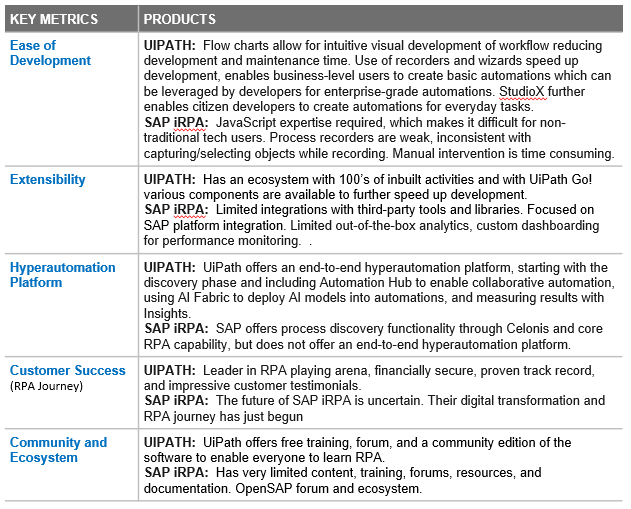
OK, so after digesting the above, let not forget all the adulation’s UiPath has received…
- #1 in 2019 Gartner RPA Magic Quadrant: UiPath ranked top vendor in first Gartner MQ, SAP not listed
- #1 Leader in 2019 Forrester Wave: UiPath ranked perfectly on Strategy axis, SAP ranked very low
Star Performer in Everest Group PEAK Matrix: Third consecutive year as leader and star performer - #1 RPA Vendor on Gartner Peer Insights: Nearly all UiPath customers willing to recommend (94%)
- AI 100 by CB Insights: Among top 100 most prominent Artificial Intelligence companies (Feb 2019)
- #1 in government robot adoption by Deloitte: UiPath Federal 67% adoption in Government (Jan 2019)
- #1 RPA Software by IT Central Station: Awarded for 2018 and based on user reviews (Jan 2019)
- Only RPA Vendor on Top 100 Best Software Companies 2019 by G2 Crowd: Overall rating 4.6 of 5 stars
- Overall rating of 4.5 of 5 stars on Capterra : Software reviewers ‘Extremely Likely’ to recommend UiPath
Shoot me an email at [email protected] and let me know where you landed…
Cheers!


